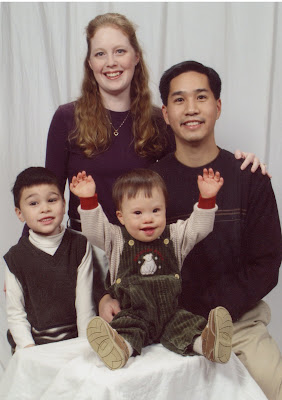I just started reading the new book Microtrends: The Small Forces Behind Tomorrow's Big Changes by Mark Penn. Penn is best known as the pollster who first identified soccer moms as a cultural entity back in the 1996 election cycle. This book describes dozens of new (and sometimes contradictory) cultural trends in American society today.
For example, Extreme Commuters are the 3.4 million people who commute 90 minutes or more each way to work. These folks are naturally very concerned about gas prices. They also have health issues because longer commutes are linked to obesity. A study found that every 30 minutes of driving increases your risk of becoming obese 3 percent. Why? One poll reports that 4 in 10 people say that when they're stuck in traffic, they eat. The person identified as "America's Longest Commuter" drives 372 miles round-trip each day, leaving his house every morning at 4:30 a.m. and getting home around 8:30 p.m.
Of course, many of us find extreme commuting unappealing and unsustainable. The flip side is the microtrend of the Stay-at-Home Workers, 4.2 million who work from home full-time, plus another 20 million who work from home part of the time with some sort of flexible schedule (like myself). This trend is being embraced by employers not only because they can save on office space and the environmental footprint of office workers, but also because working from home results in happier and more productive employees. 76% of full-time telecommuters report high job satisfaction (vs. just 56% of on-site workers), and at-home workers put in an average of 44.6 hours of work a week (vs. 42.2 in the office).
Other microtrends: Commuter Couples, the 3.5 million people who are living geographically apart from their spouse or partner for work or school reasons; technology is making long-distance relationships more doable. Office Romancers (60% of employees have been involved in an office romance) and Married Colleagues (like me and my wife), who can be assets to companies because "they are productive for the firm even in downtime, since they wrestle with work challenges even as they give their kids a bath." Working Retired - more folks are working longer and later, into their seventies and eighties; they do so partly because of the meaning and purpose they derive from their work, but also out of fears of not having health insurance. (The extra work and taxes also means that Social Security is not as likely to collapse.) And longer lifespans and workspans mean that people can raise kids in their twenties and thirties and then still have forty or fifty years of work (or ministry) afterward.
This is an eminently blogable book. I'm just a few chapters into it so far, and there's lots more that could be commented on. I'll continue to post thoughts and trends from it as I go. But what's most helpful is that Penn doesn't merely treat these trends as pieces of interesting societal phenomena. More importantly, he notes that each trend correlates with a particular community or subgroup of people, each of which has its own distinct issues and concerns. Christians should read this book with an eye to considering the ministry opportunities and challenges that each of these microtrends represents. After all, after Penn identified "soccer moms" as a distinct category, churches started reconsidering how their women's ministries connected (or didn't connect) with these women. Maybe this book will spur churches into thinking about Extreme Commuters ministries or supportive networks and community for at-home workers.
Subscribe to:
Post Comments (Atom)

2 comments:
I have found, as a combo extreme commuter/part time at home worker, that having online communities - blogs of other church members, forum of pastors' wives - has been very helpful to make up for the lack of water cooler talk on my at home days. I would bet the church's virtual communities are going to increase given this trend.
Looks fascinating
Post a Comment